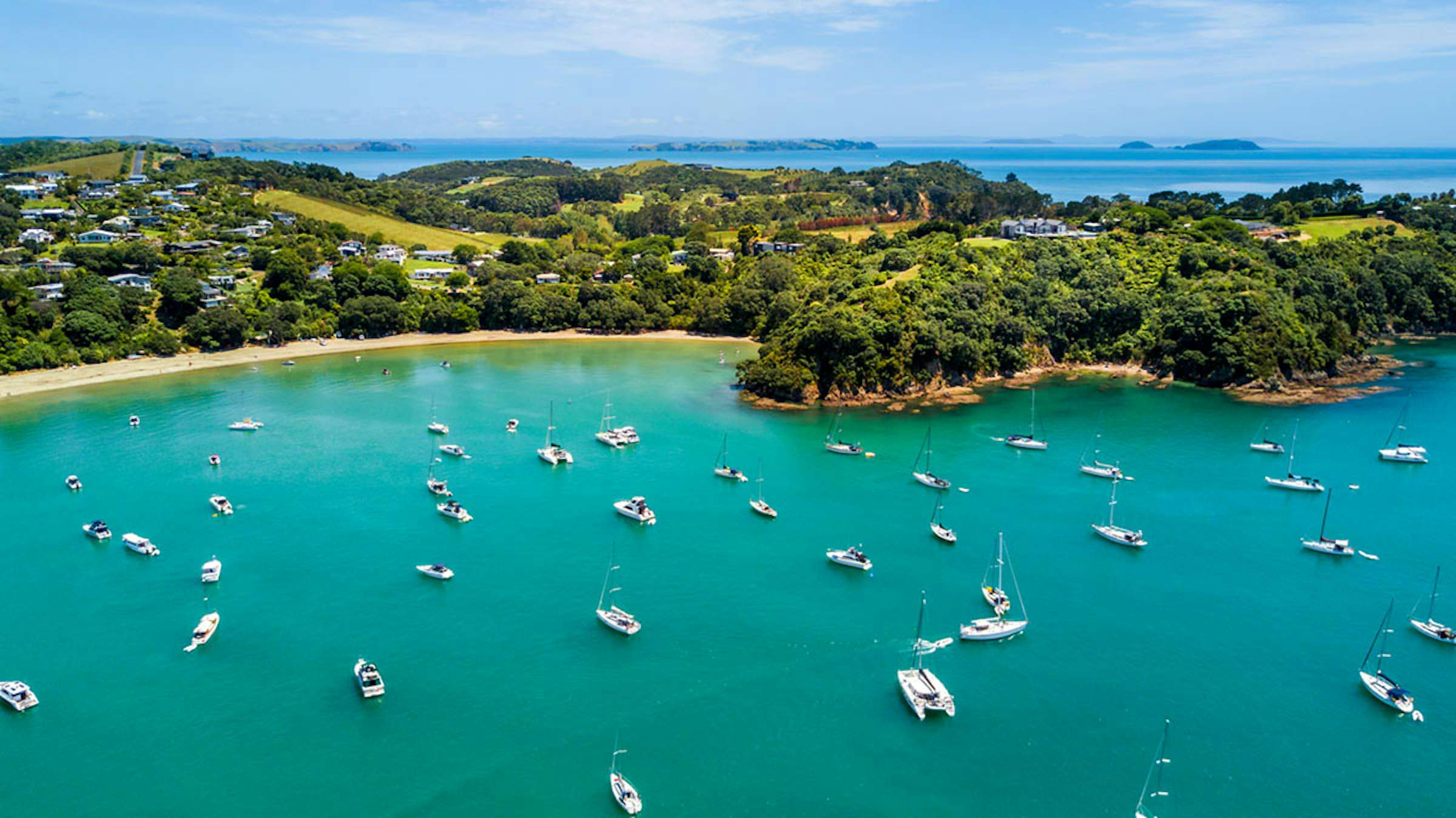
Boating is Buoyant - Maritime NZ survey findings
Recreational boating in New Zealand appears to be on the increase, according to a recently released survey. And pleasing changes are being noted in relation to perceptions around lifejacket usage.
A Maritime NZ Recreational Boating Survey (2020) found the proportion of recreational boaties amongst the general population is estimated to be 45 percent - that’s the highest yet recorded. The last three years’ results have sat at 42 percent. Forty five percent equates to approximately 1,672,920 adult New Zealanders involved in recreational boating.
Age and income in boating statistics
A breakdown of those figures reveals things such as the fact that a significantly higher proportion of males are likely to be boaties than non-boaties (53 percent boaties vs. 45 percent of non-boaties). And if you’re wondering about your target audience age-wise then you’ll be interested to know a significantly higher proportion of 18-24 and 25-34 year olds are likely to be boaties than non-boaties (18-24 year olds: 15 percent of boaties vs. eight percent of non-boaties; 25-34 year olds: 25 percent of boaties vs. 13 percent of non-boaties).
Income clearly has a role to play when analysing who in New Zealand is a recreational boat user. The research revealed boaties are more likely to be professionals (than non boaties) and non-boaties are more likely to be retired than boaties. Beneficiaries are less likely to be boaties.
The research delves even further with statistics wrapped around occupation. For example, boaties who are managers or business owners are most likely to use larger power boats (41 percent), jet skis (41 percent) or larger sail boats (23 percent).
Where do students sit in the picture? Boaties who are students (80 percent) or who are professionals (70 percent) are most likely to use a kayak. Technicians and trade workers are most likely to use a jet ski (45 percent). As a side note, boaties who are retired are least likely to use a kayak or a jet ski, which the researchers believe reflects the more physical nature of these options.
Where in the country is boating most popular?
Curious as to where recreational boating is most popular? We have the answers for that too, thanks to the Maritime survey. Auckland was the most popular region for boaties to use their recreational vessels in 2020 (36 percent). Gisborne was the least popular (on two percent). In between were Waikato / Taupō (19 percent) and the Bay of Plenty regions (18 percent).
The most popular vessels
Respondents were asked which vessel they use the most frequently. The most frequently used vessel in 2020 were kayaks (32 percent) - same as in 2019. This was followed by powerboats up to six metres (19 percent) and jet skis and powerboats over six metres (nine percent each).
The following insights were evident when demographics of boaties were analysed by vessel type:
- Boaties aged 25-34 are significantly more likely to use a power boat of up to six metres than boaties in any other age group (41 percent)
- Female boaties are significantly less likely to use a jet ski than male boaties (24 percent female vs. 35 percent male boaties)
- Boaties who identify as Chinese are significantly more likely to use a kayak than any other ethnic group (82 percent)
- Boaties in the Canterbury/West Coast region are significantly less likely to use a power boat of up to six metres than in any other region (33 percent)
Boating know-how
This year, boaties were asked a new question about the ways in which they had learnt about boating. The results showed:
- 75 percent of all boaties reported gaining their knowledge about boating from their friends and family
- 28 percent indicated they had learnt about boating from the internet, which was the second main source of knowledge
- 18 percent gained their knowledge from boating courses specifically designed for adults.
Safety behaviour and perceptions
Boaties’ behaviour around safety was also covered. They were asked how regularly they do things relating to key safety measures when on board their most frequently used vessel. Carrying lifejackets and child lifejacket usage are the safer boating behaviours that are more likely to be adhered to. But, getting adults to wear lifejackets at all times remains a problem. Weather-checking incidence is also problematic, as is carrying at least two forms of communication.
And for more on attitudes to lifejackets, it was revealed that there has been progress around the belief that lifejackets should be worn at all times - in 2020 lifejacket non-users are significantly more likely to agree that “The people I normally go boating with all agree that lifejackets are important to wear at all times” (57 percent agree vs. 37 percent agree in 2019), and they are reportedly less embarrassed to encourage others to wear lifejackets (13 percent embarrassed vs. 27 percent in 2019). The main problem remains the belief that “It is OK to put on a lifejacket only when the conditions get rough”, as 44 percent of lifejacket non-users believe this.
A new risk assessment question was introduced to the survey this year. It explored the main risks that boaties, or others on board, think could affect their or others’ safety when preparing for a normal boating trip. Poor weather (78 percent) and a change in wind (45 percent) were the two main risks identified by boaties.